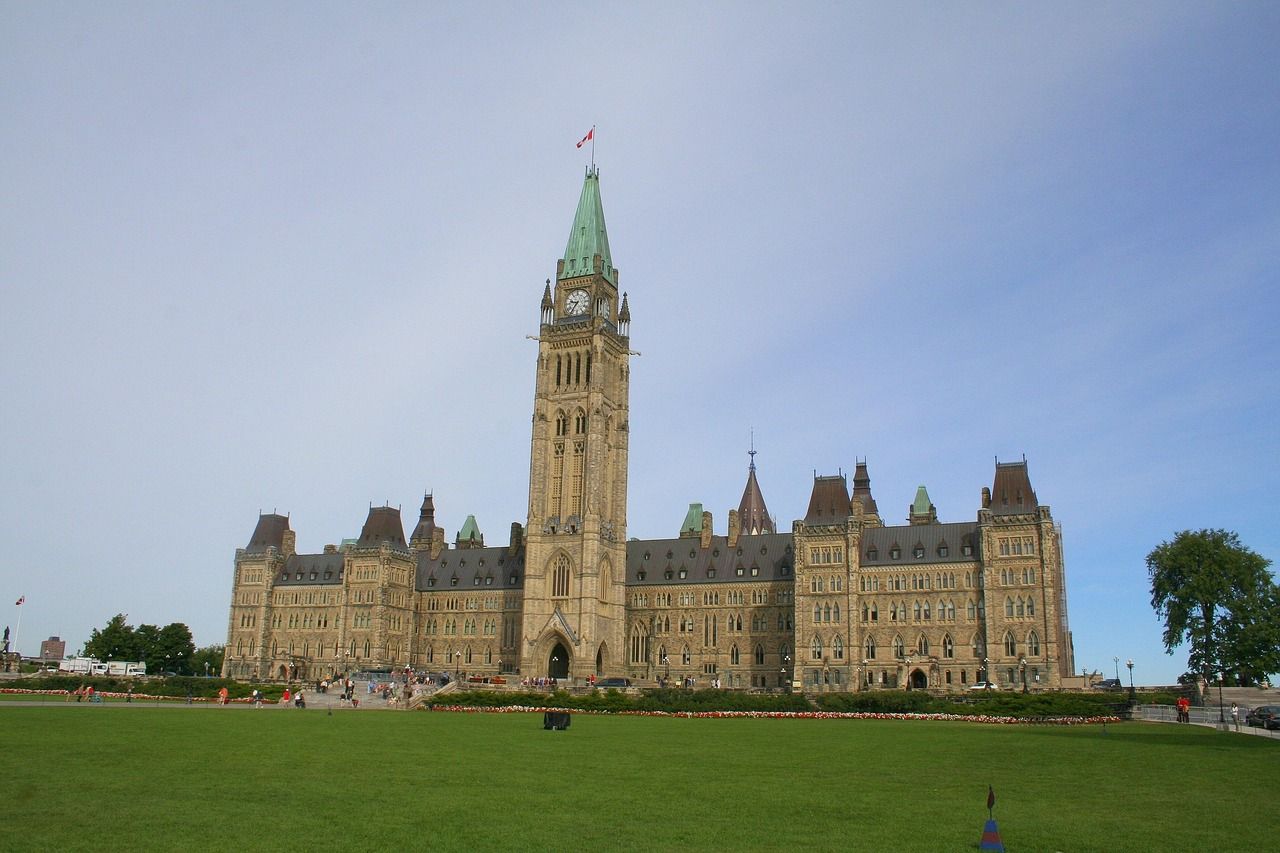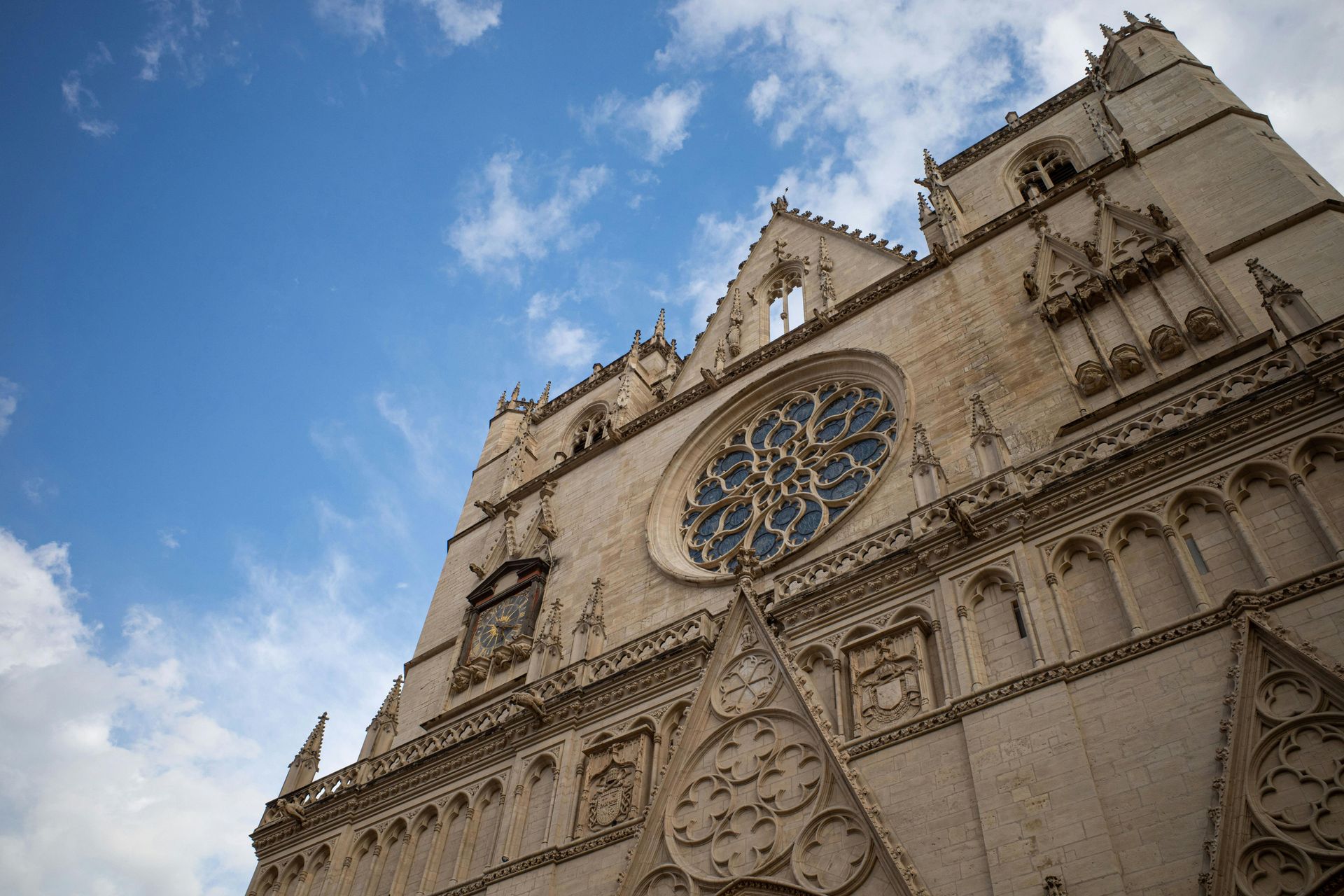The Traumatised Brain After Leaving Toxic Religion: A Blog by Clare Heath-McIvor
I sat in my neurologists office and looked at the images on his computer. White matter microangiopathy. He brushed it off with a glib, “It’s only minor. Something we would expect to see in a migraine sufferer of your age and symptomatology.” But it was there, in black and white. White patches all over my brain scan.
White matter microangiopathy is what happens when tiny lesions appear on your brain, slowing the connections between axons and neurons. In over 60’s, it can cause balance issues, slow walking (oh GOD I don’t ever want to become a slow walker), difficulty multitasking and more. For me, I’m probably asymptomatic for now. Thankfully, due to neuroplasticity, exercise, brain training and an intellectually heavy job, I might stay that way.
Bottom of Form
What I knew, what the neurologist was yet to know, is that my migraines are stress-reactive. It’s my body and brain saying, “Okay, this situation is too hard. I’m taking you offline.” It’s like forced dissociation - something I’ve learned is sorta adaptive. But why do I get migraines? Trauma. Specifically religious and other trauma. I am one of the many people who left a toxic church with a parting gift called PTSD. (although it may have started in another church). I returned to my home church searching for solace and found none. And cPTSD was added to my growing artillery of, uh, special skills.
These days, concentration is an issue. I have symptoms that show up like ADHD, but they’re not ADHD. They’re a trauma-shredded brain. But despite all that, it’s a pretty incredible brain. Its a brain that calms down when you feed it coffee - meaning I can slug an espresso and then immediately take a nap. It's a brain that can write academic papers and fiction and non-fiction books, coach executives, manage board presentations, and consult on a number of issues spanning strategic communications to cults, coercive control, religious indoctrination, extremism and more. It’s a great brain. But it is a trauma-addled brain.
And it’s a brain that cannot proofread a tweet to save itself. Or clean the fridge. My goodness. The fridge.
A week ago, electrodes were attached to my earlobes and the back of my skull, measuring the amplitude of my brainwaves. I should have been showing up about 6-12Mhz, given my resting state and the targeted brain segment. I was putting out 34. And now I had a number for how much my brain was working to process the flashbacks, the stress, the ongoing triggers, the grief, and the happiness I’ve found in the life outside.
And I knew why I was so tired. All the time. I’m a duck. Steady mood. Unflappable sense of humour. Happy. But neurologically, my feet are under the water and paddling like fury to keep it all afloat.
The truth is I am far from alone. Anecdotally, lots of people I’ve encountered through my podcasts (Unchurchable, and Survivors Discuss) and survivor groups have recounted similar things: CPTSD, PTSD, anxiety, depression, panic disorders, existential dread, paralysis over basic decisions, fear that every bit of bad luck is the judgement of a vengeful God. It takes a bit of processing by survivors, and ironically, it’s usually the after-effects of Institutions that believe they act on behalf of a loving God and show that love through means that inflict damage.
I don’t believe they mean it. I do think they are indoctrinated to think this is love, without looking at its fruit and scrutinizing it as being rotten. I do believe they lack the introspective ability and critical thinking to stop protecting the perpetrators and act like Jesus would and care for the vulnerable.
But where does it leave us? The people with brains shredded by religious abuse and abuse that occurred in religious settings (if I dare make such a distinction between the two?)
New Studies are looking at people like us.
This time last year, a study emerged from the Global Centre for Religious Research examining the percentage of US adults suffering from religious trauma {1}. The study, published in March of 2023, took data from 1,581 adults living in the US. Now, that is what we in the research world would call a pretty hefty sample size, allowing us to make some predictions about what it means for the rest of the population. Here’s what it found.
27-33% of people have experienced religious trauma at some point in their life.
That number hiked up to 37% if the participant was suffering from three of the six major religious trauma symptoms.
90% of the respondents know between one and ten people who they believe may suffer from religious trauma symptoms.
It could mean that up to one in five Americans suffer from symptoms of religious trauma syndrome.
Yikes. Yikes for America. Yikes for the rest of the Western world, where similar evangelical attitudes, methods and dominionist campaigns exist.
So what is religious trauma syndrome, and what are its symptoms?
While religious trauma syndrome is yet to be included in the Diagnostic Manual of the Psychological Profession (the DSMV) it is increasingly being recognized by psychologists and psychotherapists. Religious Trauma Syndrome its thought to be “a set of symptoms, ranging in severity, and experienced by those who have participated in or left behind authoritarian, dogmatic and controlling religious groups and belief systems.” {2, 3, 4}
How’s this for a symptom list?
- Cognitive issues like confusion, difficulty with decision making, difficulty with critical thinking, identity confusion
- Affect issues like anxiety, panic attacks, depression, suicidal ideation, anger, grief, guilt, loneliness and lack of meaning
- Functional issues like sleep and eating disorders, nightmares, sexual dysfunction, substance abuse and somatization
- Social and cultural issues such as ruptured family and social networks, employment issues, financial stress, interpersonal issues and issues fitting in with society.
- Developmental Delays includes emotional, sexual intellectual, and social immaturity due to control of information and other restrictions.
It’s depressing to read, I know. Especially if you look at it and go, “tick, tick, tick, tick, tick.” But I write this to hammer home the idea that it’s treatable. Increasingly, the psychological profession is looking at this, realizing its potential severity, doing the research to provide much-needed empirical data, but most of all, turnings its eyes to supporting religious trauma sufferers.
As Australia jumps through more hoops to ban sexual orientation and gender identity change efforts (conversion therapy), and to stop the nations largest lobby group from pressuring a progressive government into caving on religious freedom laws (which would allow church institutions to discriminate against LGTBQ+ teachers), its worth noting the damage church does to many.
I’m not anti-God. I’m absolutely not anti-Jesus. But it’s time Church faces a reckoning over the trail of wreckage that leads from its pulpits. From the victims of the Hillsong scandals to the Gothard and IBLP kids to the homeschooled kids, the parentified kids, the kids denied medical care because prayer was supposed to work, to the people who lost agency because they entered a high control group where their decision-making ability was handed to the dear leader.
There’s a bit to sort through.
I’m happy these days. Sure, I get hit by waves of grief, and I miss my mum and siblings like nothing else. I also know it’s not time yet. It’s not safe for any of us to reconnect yet without doing damage. I have wonderful friends, a booming business, hobbies, rewarding projects, kids I adore, the freedom to choose and the wear-with-all to do so. Life is good. I also have white matter microangiopathy, migraines, PTSD, cPTSD and a little something called burnout.
I don’t know whether I’ll ever fully recover from what church did to me - made even more troublesome given the role of my family in church - but I do know that better is one day out here than a thousand days inside. I had roughly 13,505 days inside. I’ve clocked up about 1,460 days outside. And I can smile.
Hang in there religiously traumatized friends. Help is on the way. The psych system is starting to understand us. Scandal after scandal breaks for big church as Lady Justice begins her slow, deliberate march toward the steeple. And we got out.
I wish you peace and healing. Thanks for coming to my ted talk.
Clare Heath-McIvor



QUICK Links
Education Links
All Rights Reserved | Outrage Canada | Privacy Policy
Website by EVOLV Digital Marketing
